


The automotive industry is rapidly shifting from mechanical engineering to digital, and apps are at the center of this evolution. Software defines how we drive, maintain, and experience vehicles. In this article, we’ll explore why automotive app development matters, what it takes to build one, and where the industry is headed next.
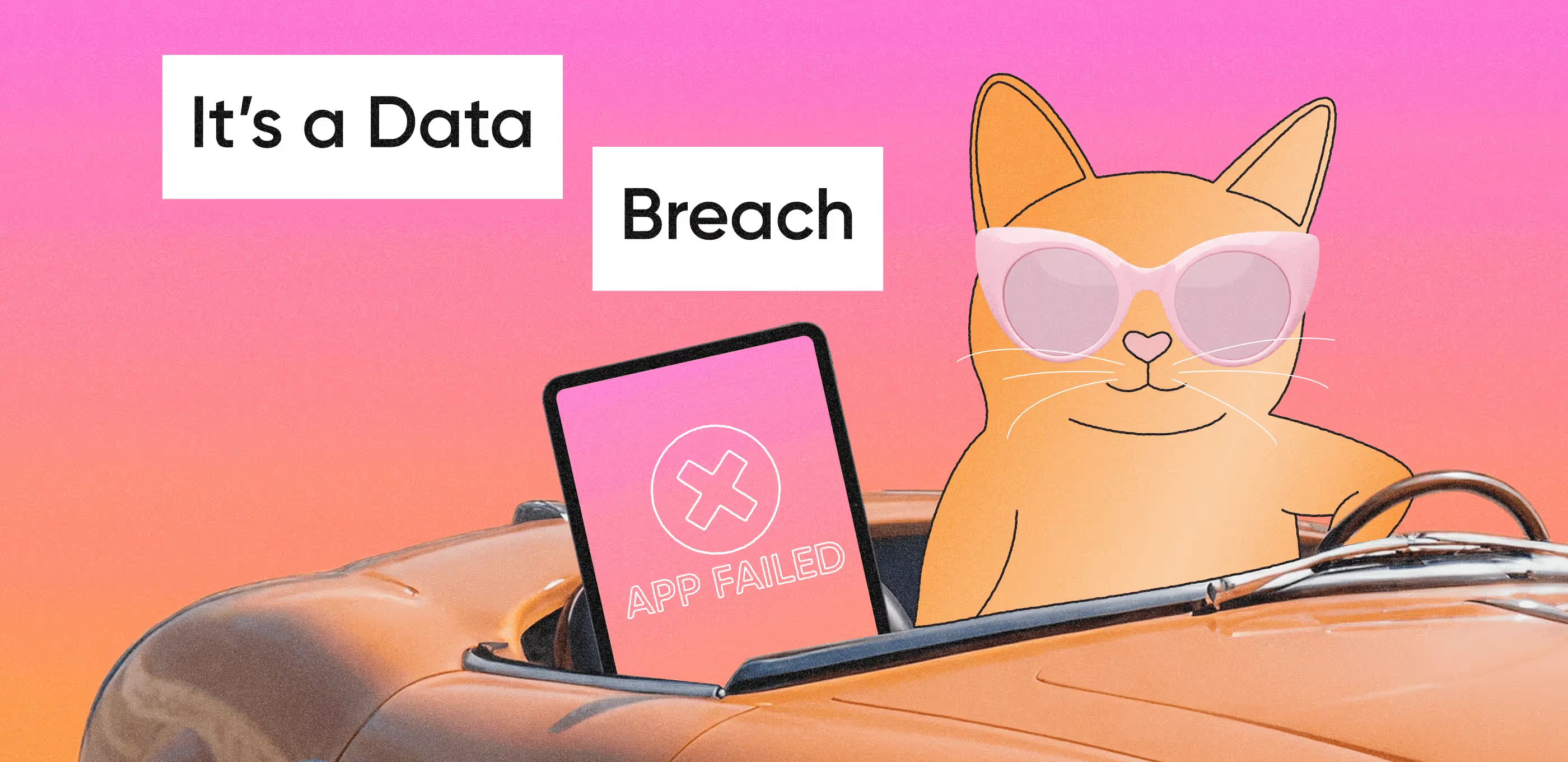
Few things aren’t digital today, and the automotive sector doesn’t fall into that small category. The automotive software market size was approximately $14 billion in 2021, and was projected to reach $15 billion by 2026, according to Statista.
Below, we’ll go over why developing an app is important for every single part of the industry.
Modern drivers expect their cars to be as smart as their smartphones. Automotive mobile apps provide seamless access to navigation, real-time traffic updates, infotainment, and personalization features. Having a remotely adjusting climate control and streaming music on the go have become a must in most cars.
Automotive apps aren’t only for drivers. They also streamline internal processes for OEMs, dealerships, and service providers. Applications for predictive maintenance, fleet management, and supply chain optimization reduce downtime, cut costs, and enable faster decision-making. As a result, businesses achieve higher efficiency and improved customer satisfaction.
With growing regulations and safety concerns, apps are becoming essential tools for ensuring compliance and reducing risks. Telematics-based apps can monitor driving behavior, send real-time alerts about mechanical issues, and even integrate with emergency response systems. This increases driver safety and supports regulatory adherence in different regions.
Automotive app development opens doors to innovative business models: subscription-based services, in-car marketplaces, and usage-based insurance. By offering digital add-ons, automakers and third-party developers can create revenue opportunities beyond the initial vehicle sale.
<div class="post_divider"></div>
⭐Our experience. Even in a niche that seems taken by huge players, there is room for innovation. When we tested a New York taxi aggregator idea, we got proof for that.
Our client’s pitch was basically an “Uber, but better.” He was a professional taxi driver in New York, and his app was to solve the following pain points:
His solution was an app for long-distance rides with the same driver that would cost less than Uber charges. The app was supposed to deliver predictable, comfortable, and cheaper rides — mostly for Manhattan citizens.
To test the idea, we launched our product discovery service. We found out that people were ready to plan their trips in advance to have an already familiar driver. We also conducted qualitative and quantitative research to support the client’s hypothesis.
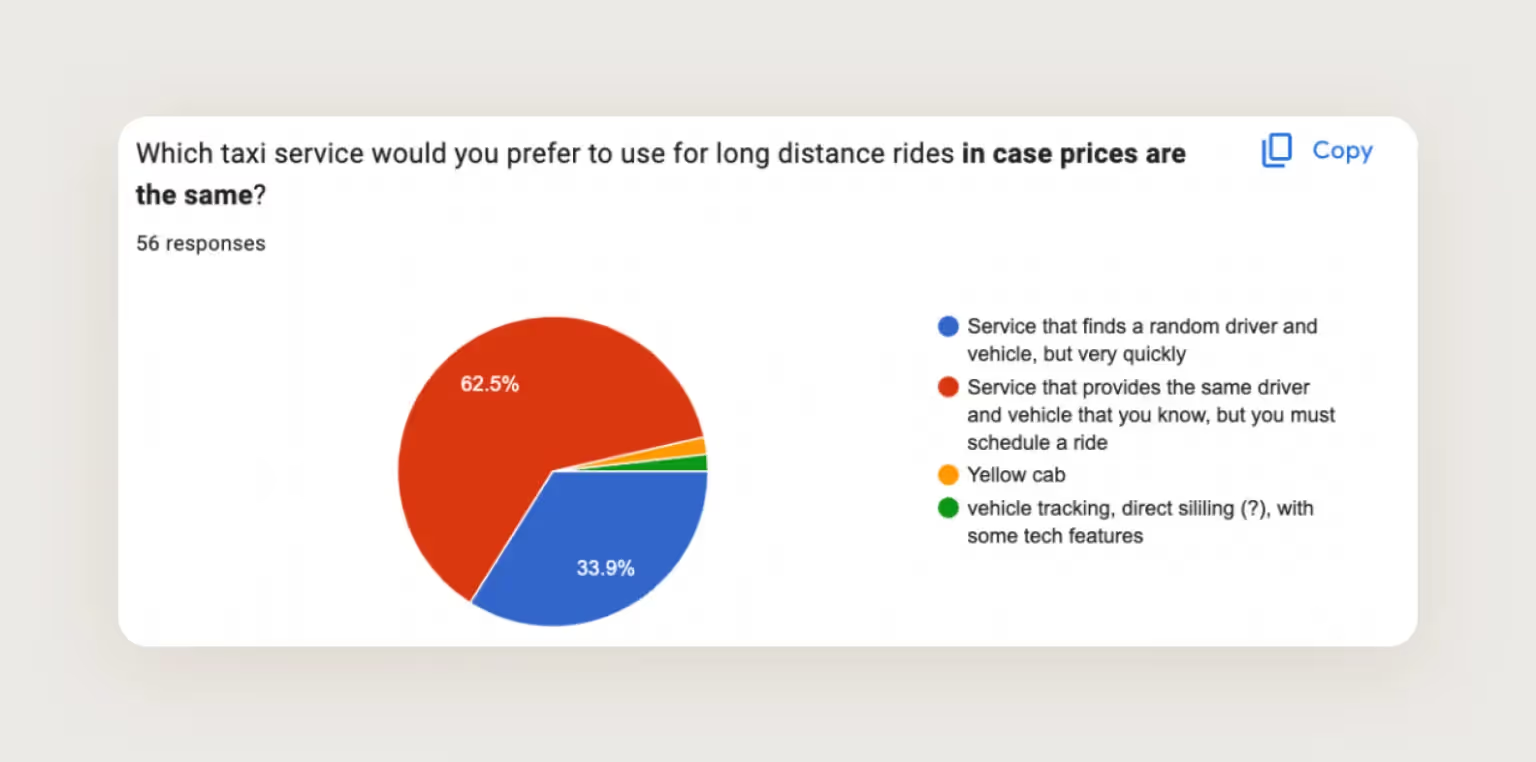
Then, we moved on to calculate unit economy.
The result: During the first month, this business model will bring in $7,900. This is a strong economy.
Our research helped our client to start development, knowing full well that users will find value in his aggregator, and the investment will be worth it.
<div class="post_divider"></div>
The world of automotive technology is oh so different. The digital ecosystem built around modern vehicles is pretty impressive and consists of multiple varieties of services, but we’ve collected the big 5 you can’t ignore.
These apps transform cars into connected entertainment hubs. They integrate maps, music streaming, voice assistants, and real-time traffic updates into one seamless experience.
For businesses, infotainment solutions are a way to strengthen brand loyalty, deliver personalized services, and gather valuable user behavior insights. For drivers, these apps simply make their trips simpler and more comfortable.
Telematics-driven applications monitor vehicle health, fuel consumption, autonomous driving capabilities, and maintenance needs. For fleet operators and automakers, they provide actionable data to optimize performance, reduce operational costs, and improve customer service.
Meanwhile, drivers can enjoy peace of mind with predictive maintenance alerts and usage analytics — it’s easy when you have your car’s vitals in your pocket.
There is a huge audience that doesn’t need their personal vehicle, but could use some vehicle at certain points in their day-to-day life. With the rise of that audience came the rise of shared mobility. Naturally, it brings the need for apps that support car rentals, ride-sharing, and subscription-based usage models.
These platforms help companies tap into the growing urban mobility market, monetize underutilized vehicles, and appeal to eco-conscious customers who prefer flexible ownership alternatives.
Safety-focused apps leverage IoT and AI to detect risky driving behavior, integrate emergency response features, and even provide ADAS (Advanced Driver Assistance System) alerts.
These apps help businesses enhance compliance with safety regulations and reduce accident-related costs. Besides, with them, it’s easier to position the brand as a trusted, forward-thinking mobility partner.
With electric vehicles on the rise, specific IoT apps are becoming indispensable. They allow drivers to locate nearby charging stations, check availability, plan routes with charging stops, and even manage payments.
<div class="post_divider"></div>
⭐Our experience. We did a redesign for ThunderSoft — an advanced automotive software company building EV charging infrastructure solutions. Our task was to breathe new life into their web dashboard for EV specialists and into the mobile app for end users.
The old design was outdated, overcluttered, and had an overloaded flow.
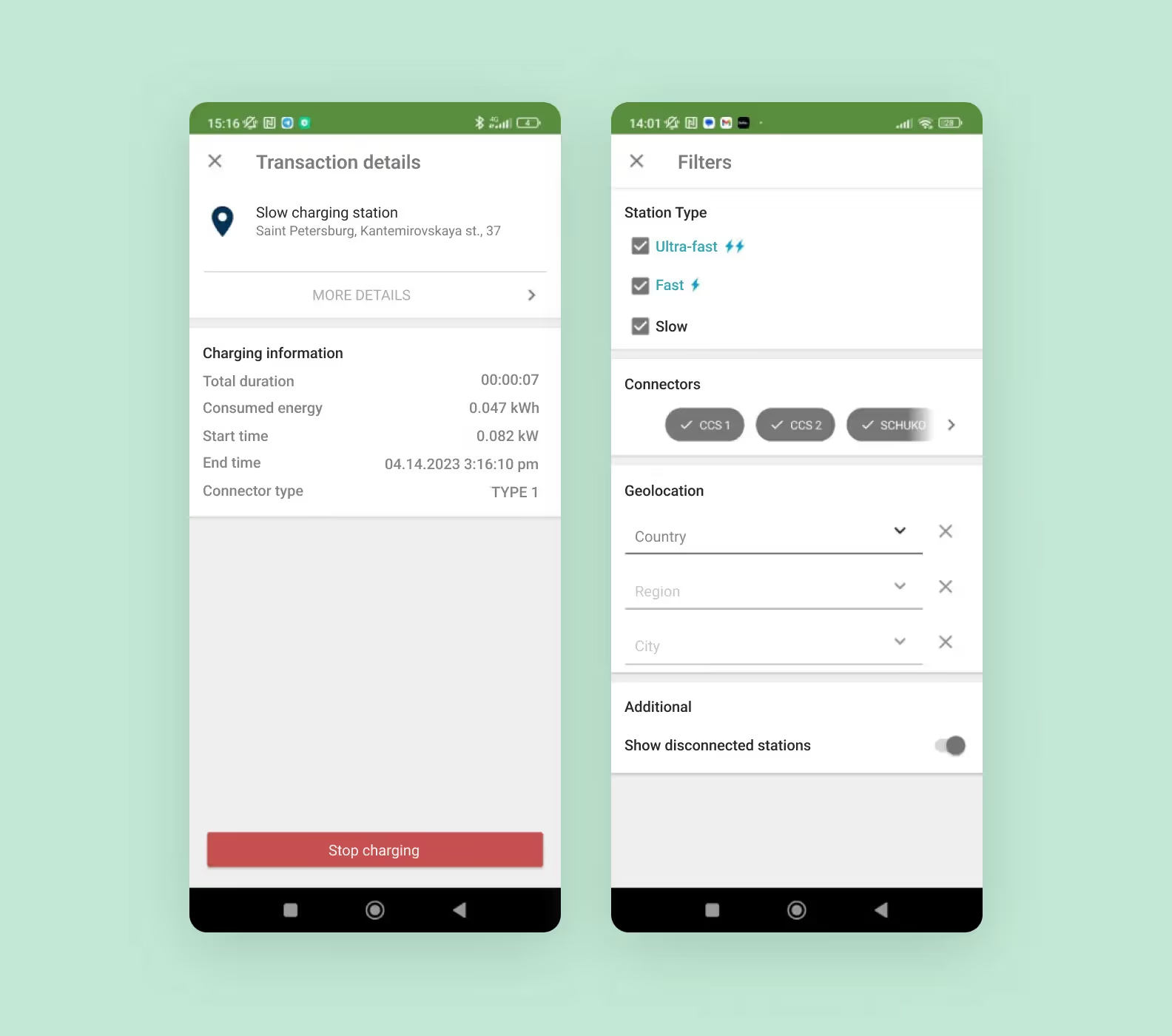
To fix that, we conducted a UX audit — analyzed the competitors, identified the key issues with the current interface, came up with hypotheses, and conducted user surveys.
We have improved the main page and ensured the map screen opened first instead of “Favorites” (during research, we found that people mostly use the app for searching for stations).
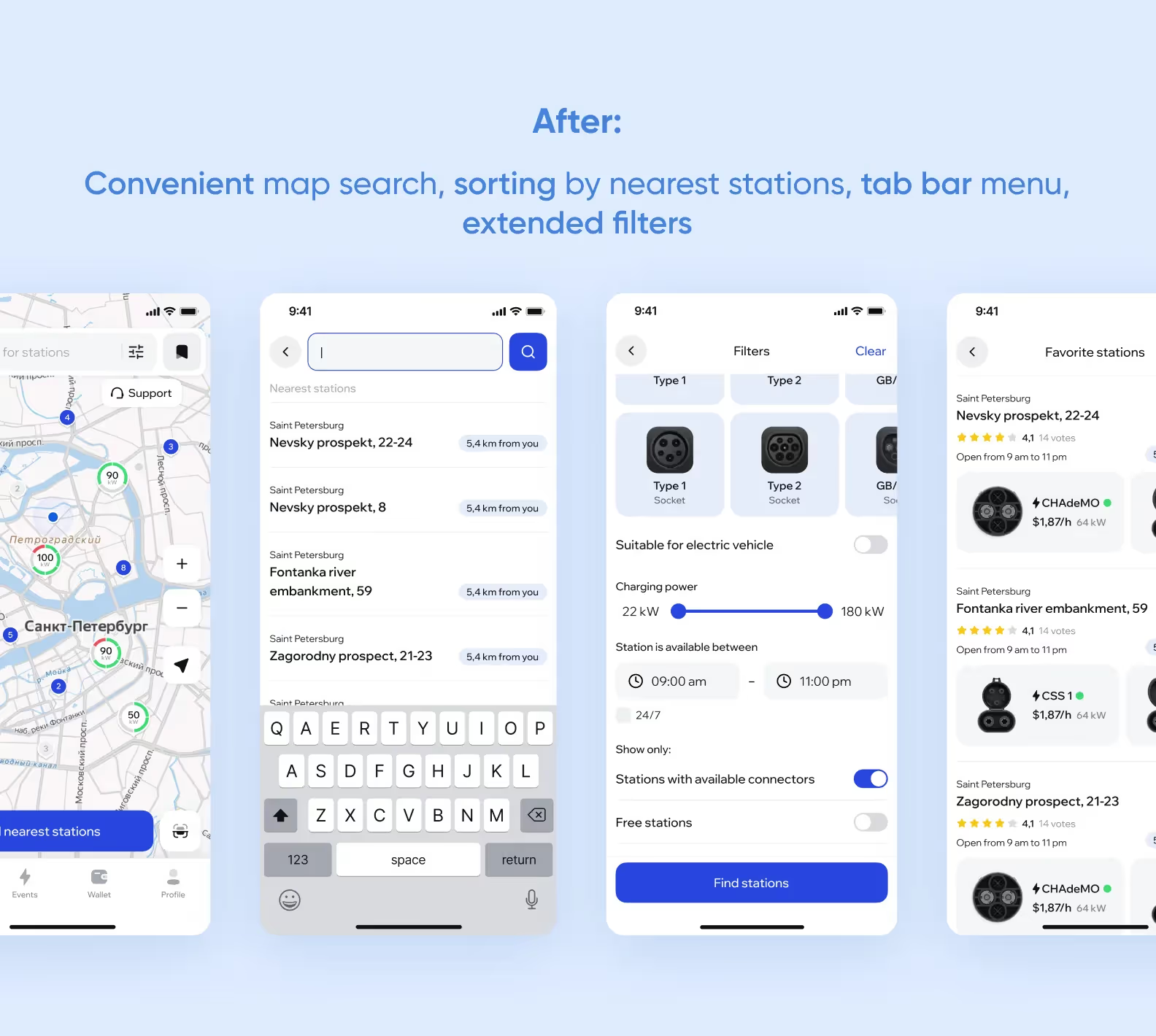
We have also tweaked the charging process page. In the old design, most of the information was conveyed via text, and it was easy to get confused or miss something important. In the new version, we added visualizations, management, and linked the page directly to support.
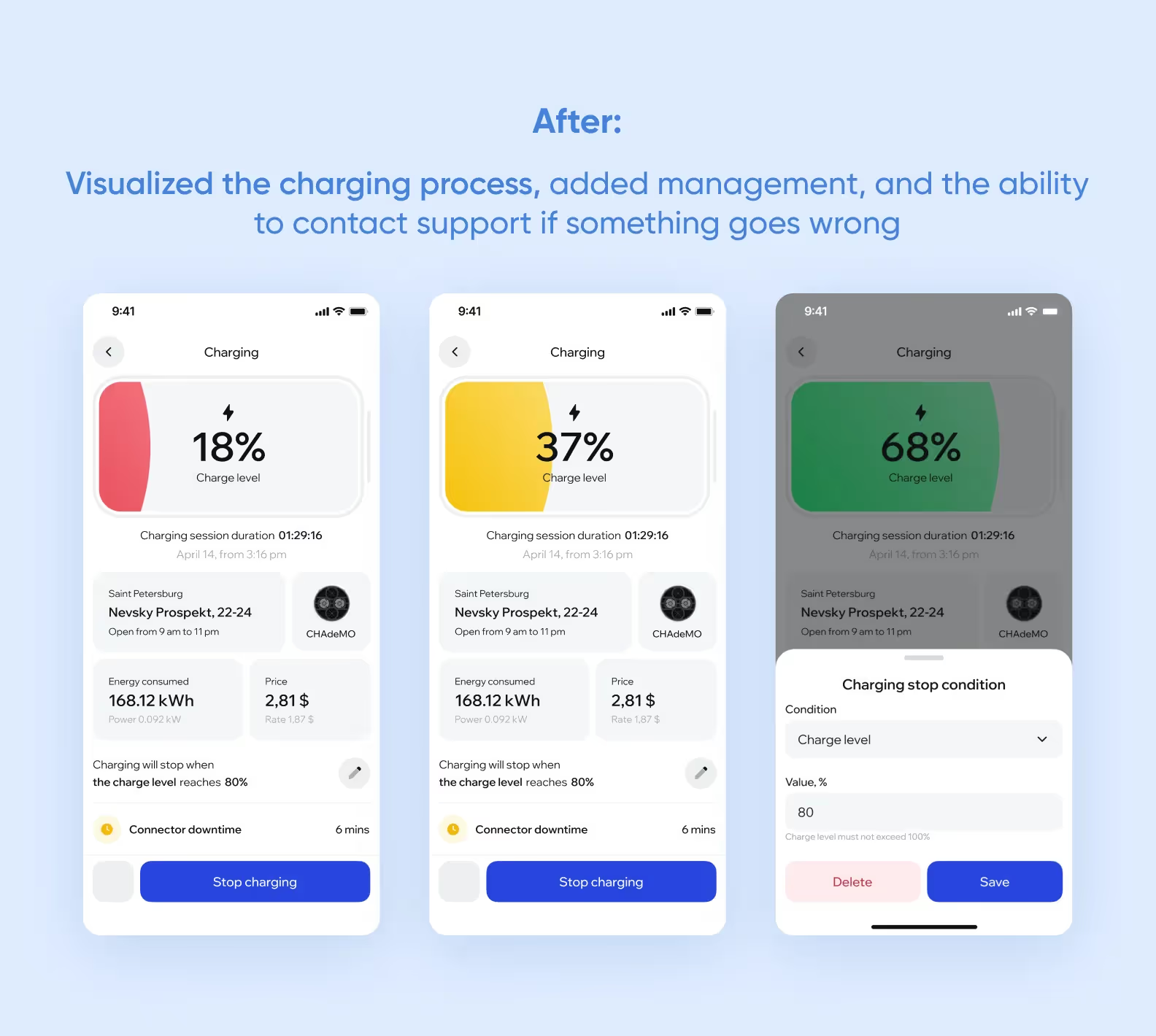
And the web dashboard also enjoyed its glow-up! Check out the difference between the old and the new design: we removed the filters from the right section of the page, added flexible parameters, and made all data easier to comprehend.
And a little bonus: a dashboard for the stations’ owners, which wasn’t in the old design before, but we added it for convenience. It shows statistics on consumed energy, revenue, and active charges.
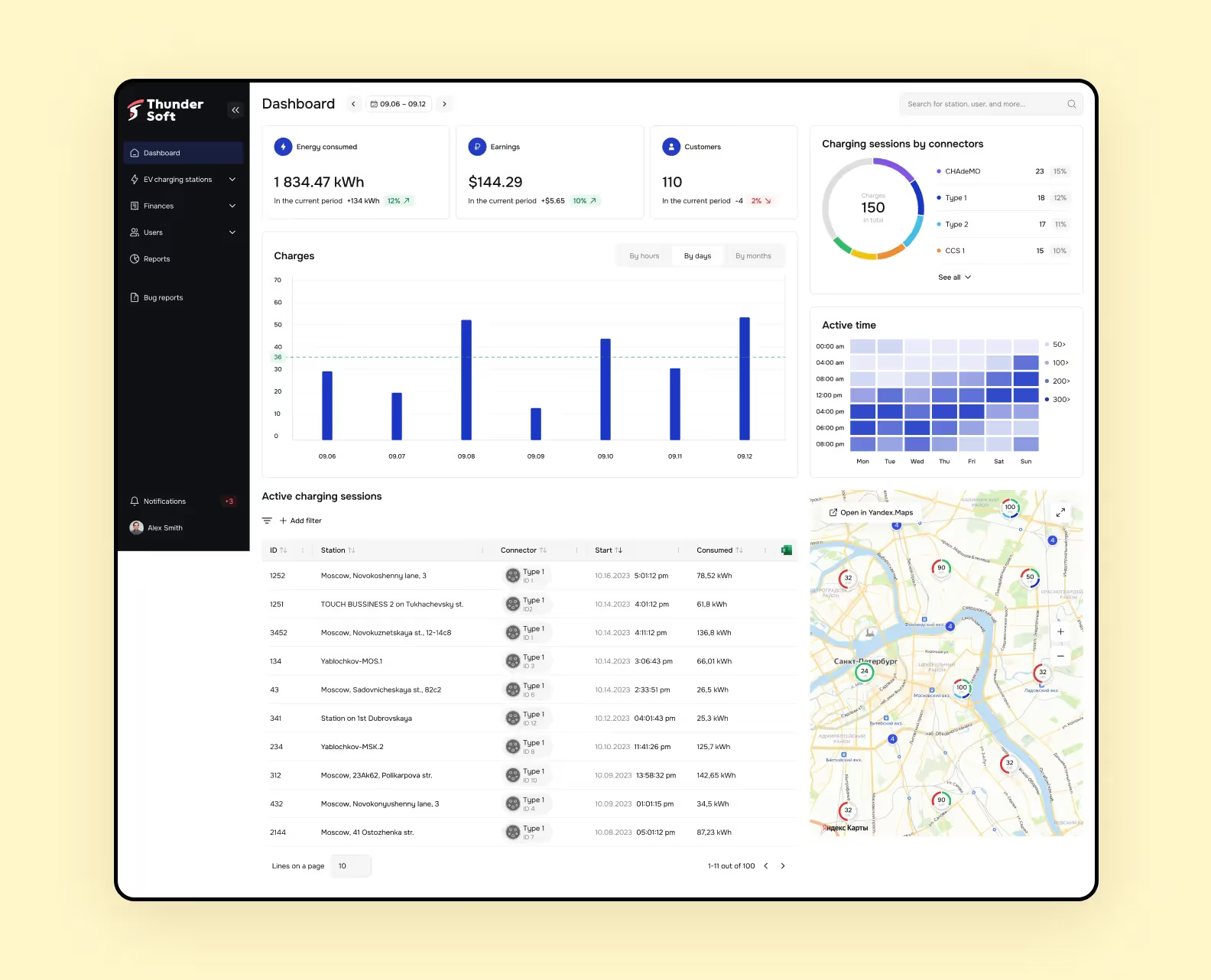
The result: the MVP version of the redesigned app is released, now available on Google Play and the App Store. The web panel release will follow later.
<div class="post_divider"></div>
Every app needs its own tricks, but many key features are pretty common for different automotive apps. Here are the 6 ones a perfect automotive app will (most likely) need:
Dynamic route planning, GPS integration, and live traffic data ensure that drivers always find the fastest and safest path. The competition with more universal services like Google Maps and Waze may be tough, but if your platform helps build the best routes to the office, the school, or the favorite restaurant and does it smoother and faster, you win.
<div class="post_divider"></div>
⭐Our experience. We developed an on-demand delivery app, Cargo — a white-label solution that would make city delivery faster and easier for everyone involved.
Navigation and real-time traffic updates were essential to this one. It’s critical for an on-demand delivery service to be as fast as possible, even if there are jams in the city. We take great pride in the way we implemented route planning into Cargo.
The route list here is a grouped list of destination points, which was calculated on the back-end, and then a route-of-best-fit was built on the front-end based on it. Of course, the navigator not only showed the geolocation but also took traffic jams into account.
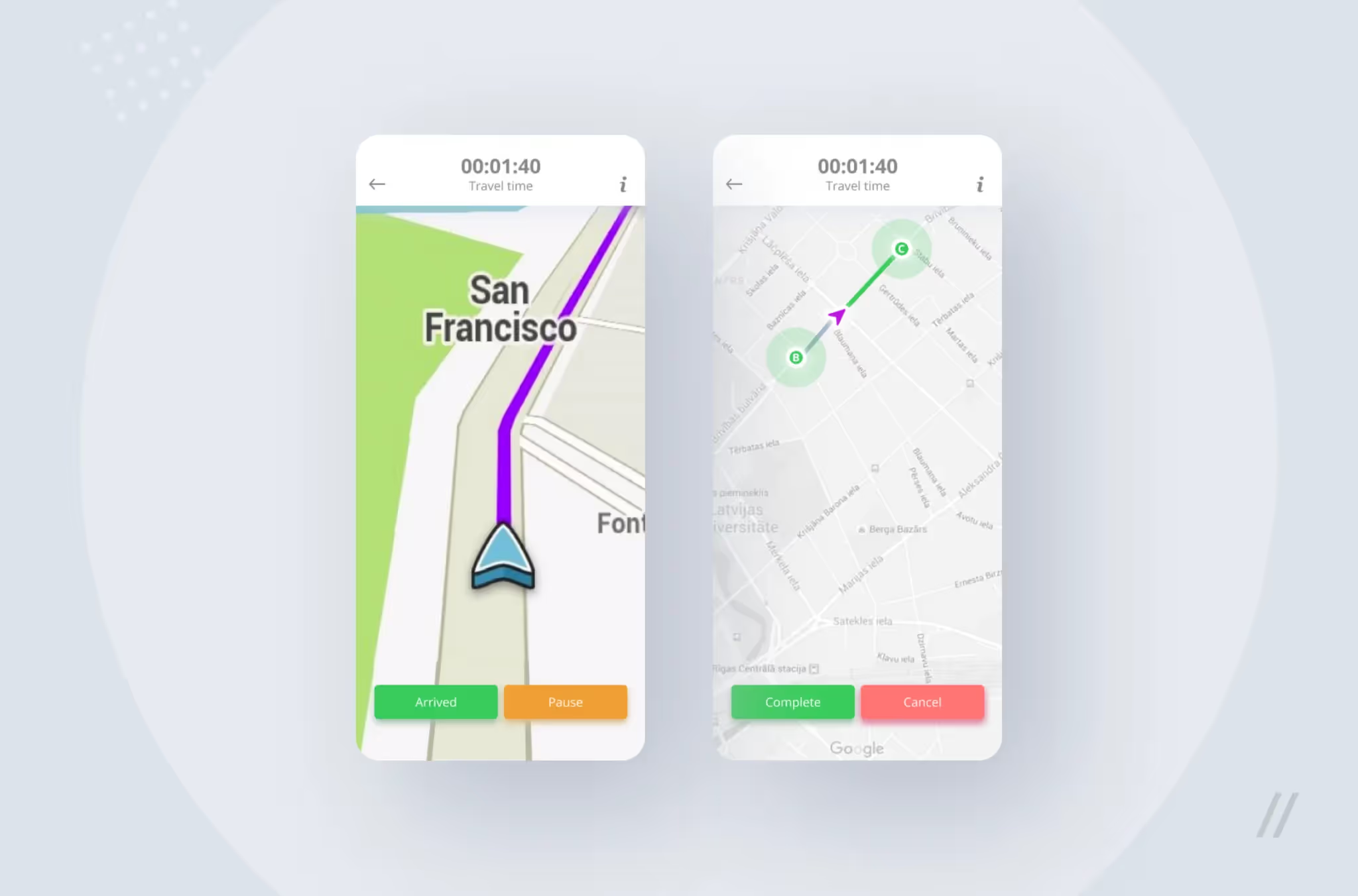
Our MVP survived the test of scaling: the selected technology stack (React Native, Realm, and Mapbox) allowed us to successfully develop several versions of the application at once.
The result: Cargo has become a popular solution, which is now offered as part of the Illuminate automotive software solutions IT-product line.
<div class="post_divider"></div>
From locking and unlocking doors to pre-heating the cabin on a winter morning, remote control functions are now expected by modern drivers. Automakers can use this feature to enhance the premium feel of their brand while opening doors for tiered service packages or paid upgrades.
Apps connected to onboard sensors can alert users about potential issues before they hit their budget. This predictive capability saves drivers money and stress — and also helps service centers and OEMs build recurring revenue through timely maintenance offerings.
Seamless payment integration is essential for EV charging, tolls, parking, and in-car marketplaces. By enabling quick, secure transactions, automotive apps create opportunities for monetization and partnerships with fintech providers.
Hands-free interaction powered by AI-driven voice assistants improves safety and convenience. Businesses benefit from stronger customer engagement, as these systems can be personalized to promote brand services or even upsell connected features.
Built-in SOS buttons, crash detection, and real-time hazard alerts add an extra layer of security for drivers. These features strengthen brand trust and also align with regulatory safety standards in different markets, reducing legal and compliance risks.
Security is one of the most critical aspects of automotive software development . Since vehicles are basically connected computers on wheels, that makes them potential targets for cyberattacks. To build trust and meet industry standards, companies must prioritize robust security practices at every stage of development.
Multi-factor authentication, biometric verification, and encrypted login systems reduce the risk of unauthorized access. For connected cars, these measures ensure only verified users can interact with critical vehicle functions like remote start or door unlocking.
Automotive apps constantly exchange sensitive information — driver locations, payment details, and vehicle diagnostics. Encrypting all data in transit and at rest prevents interception and misuse, protecting both customers and business reputation.
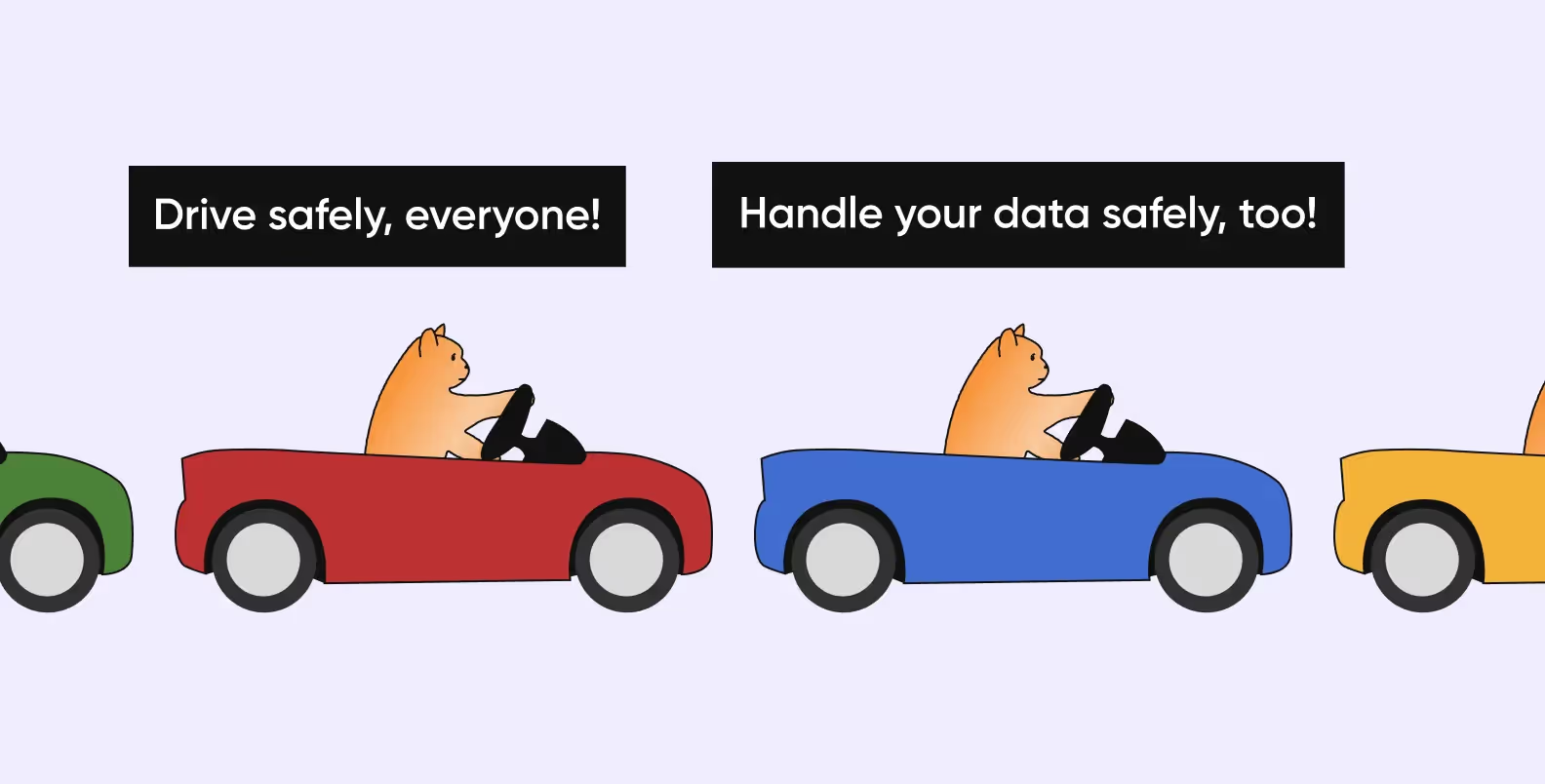
Most automotive apps rely on APIs for navigation, payments, or infotainment. Each integration is a potential entry point for attackers, so it’s essential to use vetted providers, enforce strict API security policies, and monitor unusual activity.
Regulations like ISO/SAE 21434 and UNECE WP.29 set clear guidelines for automotive cybersecurity. Following these frameworks not only ensures compliance but also positions your product as a trustworthy solution in a competitive market.
Developing an automotive app requires a structured journey from idea validation to post-launch support. At Purrweb, we have a tested process, and if you choose us for developing your automotive app, you might want to take a look at it. Below, we have a detailed table with the process and the estimated price. Keep in mind that the final price depends on the type of the app, the features, and the overall complexity.
Building automotive apps is exciting, but it comes with unique challenges. Here are the three most common hurdles businesses face:
Modern cars are essentially connected computers with multiple ECUs (Electronic Control Units), sensors, and communication protocols. Integrating an app with these systems safely and reliably is a major technical challenge. Developers must account for vehicle compatibility, firmware variations, and real-time data handling — all without compromising safety or performance.
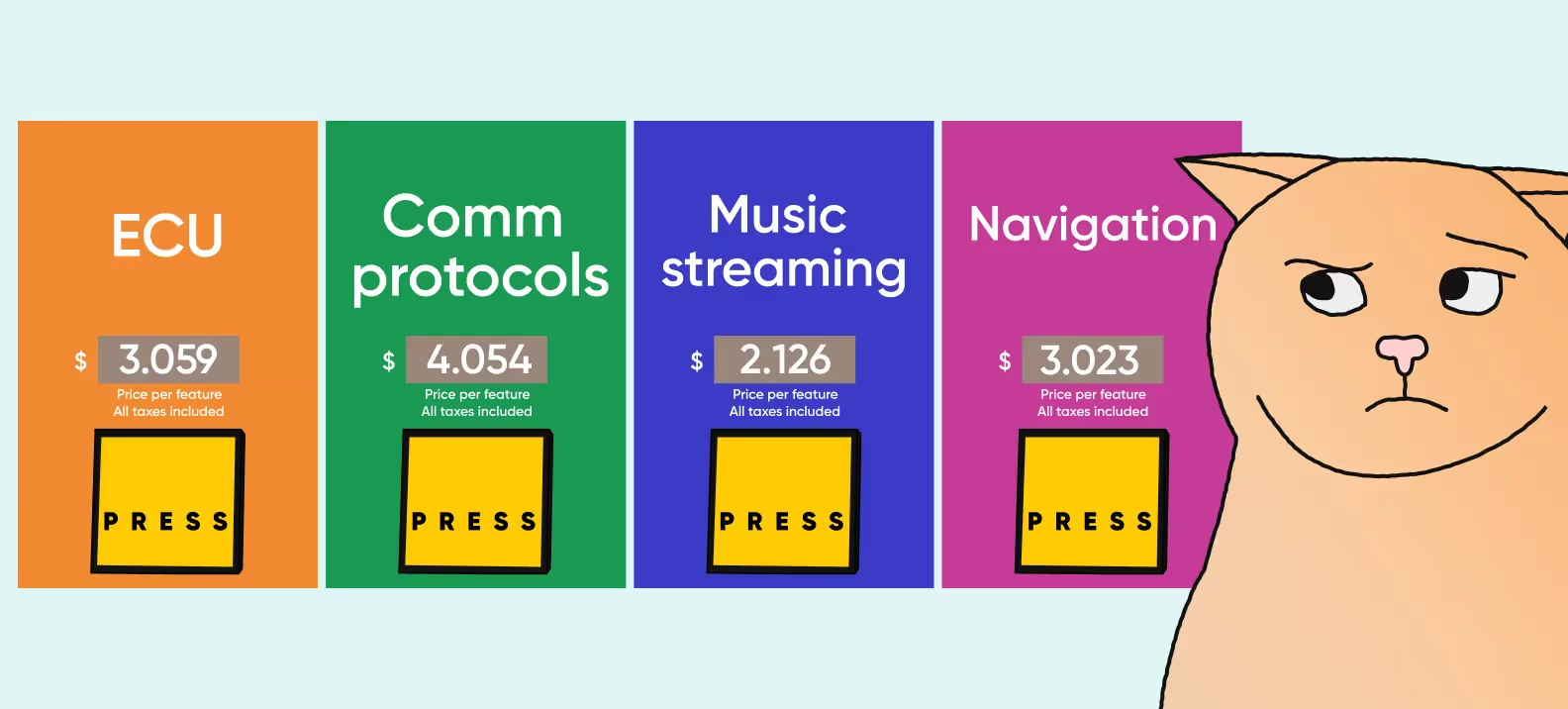
Automotive apps handle sensitive data such as location, driving behavior, and payment information. A single vulnerability can compromise both user safety and brand trust. Developers need to implement end-to-end encryption, secure APIs, and continuous monitoring to defend against cyberattacks, while also complying with global data privacy regulations.
The automotive industry is highly regulated, with strict safety standards and evolving laws for connected and autonomous vehicles. Innovating quickly while staying compliant can be tricky. Companies must strike the right balance between cutting-edge features and adherence to standards like ISO/SAE 21434 or UNECE WP.29 to avoid delays, penalties, or recalls.
The automotive industry is evolving faster than ever, and software is at the heart of this transformation. By 2026, we expect some of the following trends to hit the market (even harder). See you right here in a year to see if we were right!
By 2026, AI and machine learning will become central to automotive apps, enabling predictive maintenance that goes far beyond today’s alerts. Vehicles will self-diagnose potential issues, schedule service automatically, and even optimize driving patterns for fuel efficiency or as a battery management system. This reduces downtime for drivers and opens new data-driven revenue streams for OEMs and service providers.
As electric vehicles dominate more markets, automotive apps will evolve into energy management hubs. Beyond locating chargers, apps will predict optimal charging schedules, manage energy costs, and integrate with smart home grids. Companies that offer a seamless EV experience will gain a competitive edge in the sustainable mobility sector.
<div class="post_divider"></div>
⭐Our experience. We worked with EV trip — a digital map of charging stations for electric vehicles — back in 2020. We believe that in 2026, such apps will be the new norm. But look at us, setting the trends!
Back then, we were tasked with developing an app that would search and book a charging station, get the best route to the location of the station, and even save favorites.
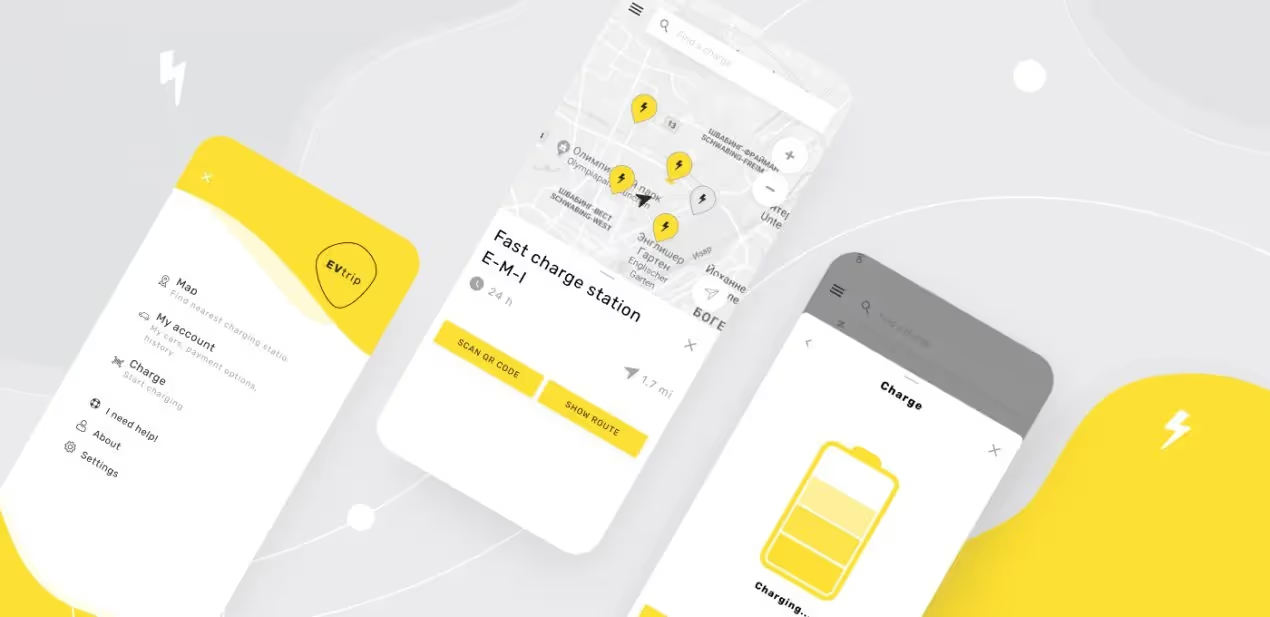
The app will show detailed information about a chosen station — the user gets to know what plug types are served by the station and which of them are currently available. And thanks to the integrated GPS planner, the user can easily plan the best route.
We also created a 3D model of a charging station that would fit all modern requirements. Although, we wouldn’t be too surprised if these will be considered outdated by 2030 😉.
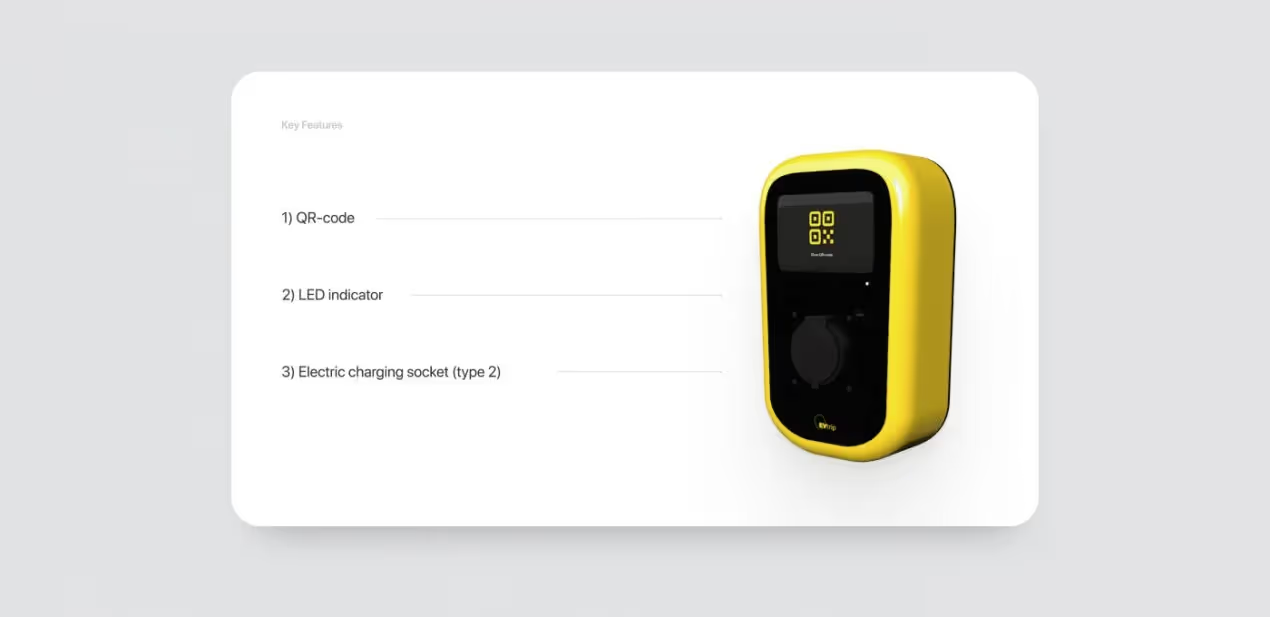
<div class="post_divider"></div>
With autonomous driving on the horizon, apps will increasingly serve as centralized control platforms for both human-driven and self-driving vehicles. Features may include AI-assisted route planning, passenger entertainment, and vehicle-to-everything (V2X) communication.
Businesses that invest early in developing automotive software that is connected and autonomous-ready, will position themselves as leaders in next-gen mobility solutions. And we as developers can’t wait for the wave of new apps that this new trend may bring along!
Automotive app development is reshaping how people drive, connect, and interact with vehicles. From safety and predictive maintenance to EV charging and infotainment, software now defines the modern driving experience. As trends evolve, companies that invest in secure, user-friendly, and future-ready solutions will lead the mobility revolution.
➡️Looking to bring your automotive app idea to life? We are here to design, build, and launch it — fast, functional, and user-focused. <a class="blog-modal_opener">Let’s turn your concept</a> into the next big thing on the road.